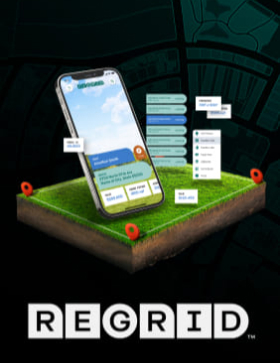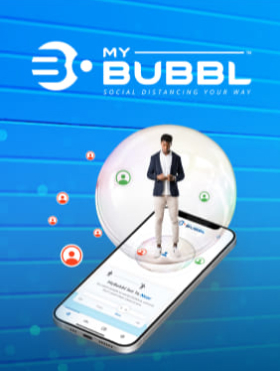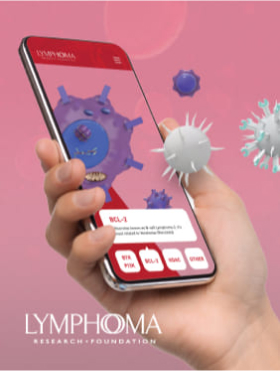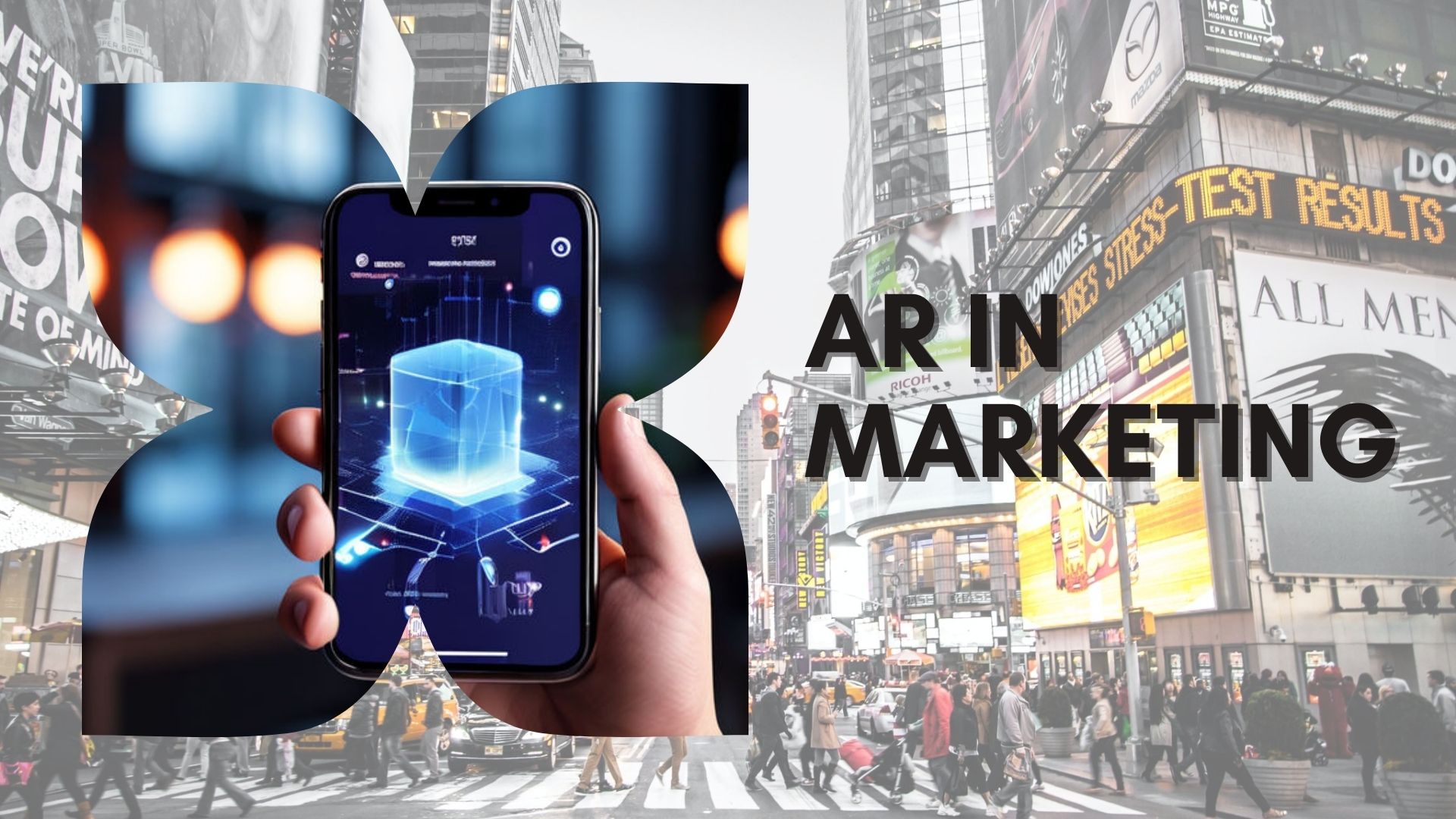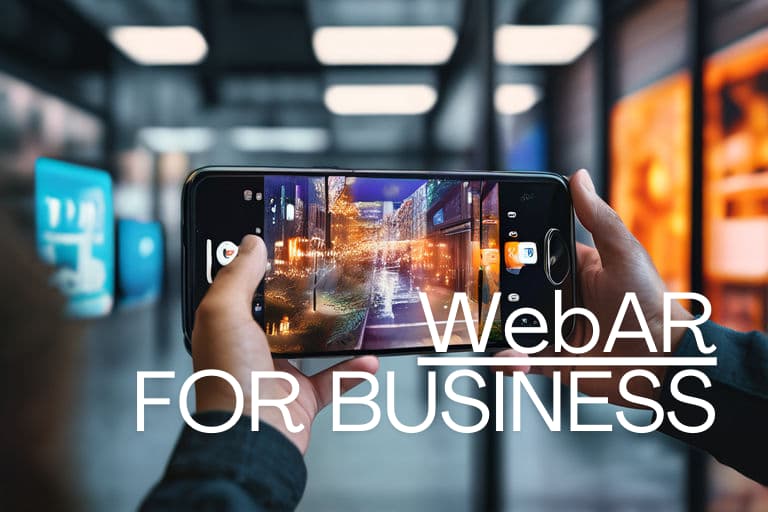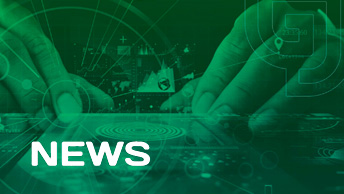
Just in case you were worried about spooky action at a distance occurring outside the quantum world, there is a new theory that puts limits on quantum nonlocality and that it is tied to the uncertainty principle. Entanglement can’t trade information faster than the speed of light so it isn’t some physic link between particles. (whew!) Now someone needs to determine how the information is traded.
This helps me sleep better at night. I wonder how Einstein would have viewed this.
– Jack
via Wired
===============================
The more one probes the universe at smaller and smaller scales, the weirder matter and energy seem to behave.
But this strangeness may limit its own extent in quantum mechanics, the theory describing the behavior of matter at an infinitesimal level, according to a new study by an ex-hacker and a physicist.
“We’re interested in this question of why quantum theory is as weird as it is, but not weirder,†said physicist Jonathan Oppenheim of the University of Cambridge. “It was an unnatural question for people to have asked even 20 years ago. The reason we’re able to get these results is that we’re thinking of things in the way a hacker might think of things.â€
A lot of eerie things happen in the quantum world. According to the Heisenberg uncertainty principle, for instance, it’s impossible to know everything about a quantum particle. The more precisely you know an electron’s position, the less precisely you know its momentum. Stranger still, the electron doesn’t even have properties like position and momentum until an observer measures them. It’s as if the particle exists in a plurality of worlds, and only by making a measurement can we force it to choose one.
In another weirdness, two particles can be bound together such that observing one causes changes in the other, even when they’re physically far apart. This quantum embrace, called entanglement (or more generally, nonlocality), made Einstein nervous. He famously called the phenomenon “spooky action at a distance.â€
But there’s a limit to how useful nonlocality can be. Two separated people can’t send messages faster than the speed of light.
“It’s surprising that that happens,†said Stephanie Wehner, an ex-hacker and quantum-information theorist at the National University of Singapore. “Quantum mechanics is so much more powerful than the classical world, it should surely go up to the limits. But no, it turns out that there is some other limitation.â€
As strange as quantum mechanics is, it could be stranger.
“The question is, can quantum mechanics be spookier?†Oppenheim said. “Researchers started asking why quantum theory doesn’t have more nonlocality, and if there’s another theory that could.â€
It turns out that the amount of nonlocality you can have — that is, how much you can rely on two entangled particles to coordinate their changes — is limited by the uncertainty principle. Oppenheim and Wehner describe how they came to this conclusion in the Nov. 19 issue of the journal Science.
To see the link between uncertainty and nonlocality, Wehner suggests thinking of a game played by two people, Alice and Bob, who are far apart and not allowed to talk to each other.
On her desk, Alice has two boxes and two coffee cups. A referee flips a coin and tells her to put either an even or odd number of cups into the boxes. She has four choices: one cup in the left box, one in the right box, one cup in each box, or no cups at all. This is equivalent to Alice encoding two bits of information, Wehner says. If a cup in a box represents a 1 and no cup represents a 0, Alice can write 00, 01, 10 or 11.
Then the referee asks Bob to guess if there is a cup in either the left or the right box. If he guesses correctly, Alice and Bob both win. This is the same as Bob trying to retrieve one of the bits that Alice encoded.
In the normal, non-quantum world, the best strategy for this (admittedly really boring) game lets the duo win just 75 percent of the time. If they each have one of a pair of entangled particles, they can do better. Alice can influence the state of Bob’s particle by observing her own. Bob can then look at his particle and have some idea of what Alice’s looks like, and use that information to make a more educated guess about which box has a cup.
But this strategy only improves the pair’s odds of winning to 85 percent. Bob can’t always guess perfectly because the uncertainty principle says he can’t know both bits of information at the same time, Oppenheim and Wehner explained. The stronger the uncertainty principle is, the harder it will be for Bob to retrieve the bit.
“The reason we can’t win this game better than 85 percent is because quantum mechanics respects the uncertainty principle,†Oppenheim said.
Given the history of these two concepts, linking uncertainty to nonlocality is a little ironic, he noted. In 1935, Albert Einstein tried to tear down the uncertainty principle using entanglement, and wrote in a famous paper with Boris Podolsky and Nathan Rosen that “no reasonable definition of reality could be expected to permit this.â€
“When people first discovered nonlocality, they hated it,†Oppenheim said. “It was just too weird. People tried to eradicate it and undermine it.â€
As the century wore on, however, physicists realized that creating a near-psychic link between two particles could be useful in cryptography and enable ultra-fast quantum computers.
“Now we’ve gotten used to it, and we even like it,†Oppenheim said. “Then you start wishing there could be more of it.â€
Although there aren’t any immediate practical applications of this link, the finding does reveal some mysteries about the fundamental nature of physics. The discovery could also inform future theories that go beyond quantum mechanics, such as a unified theory of everything.
“We know that our present theories are not consistent, and that there’s some underlying theory,†Oppenheim said. Physicists don’t know what the uncertainty principle or nonlocality will look like in this new theory, “but we at least know that these two things will be locked together.â€

